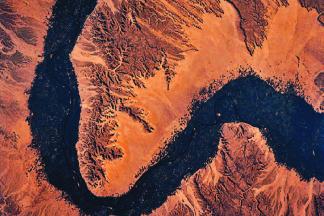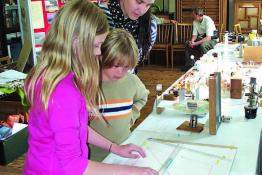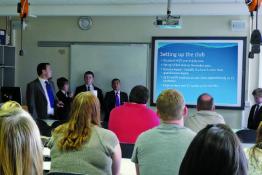Chemistry - the big picture
Issue 342 | Page 77 | Published Sep 2011
Description
Chemistry produces materials and releases energy by ionic or electronic rearrangements. Three structure types affect the ease with which a reaction occurs. In the Earth's crust, solid crystals change chemically only with extreme heat and pressure, unless their fixed ions touch moving fluids. On the other hand, in living things, liquid crystals are changed (and reactions are therefore controllable) with small alterations in temperature, pH or oxygen levels. In the atmosphere, the gaseous fluids move easily but, being so 'dilute', they, like solids, need extreme energy such as ultraviolet radiation or electrical storms if they are to make new materials.
More from this issue
5 science notes: Models of enzyme action; Teaching action potentials; Footballs and climate change; A problem on toppling; Parallelogram law...
Welcome to a new school year! Is this the year that you will get involved in running a science, or even a STEM, club? Maybe you made a commitment...



